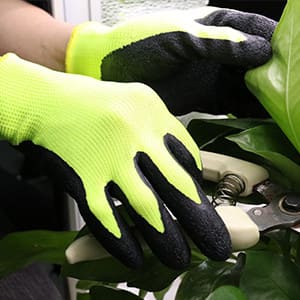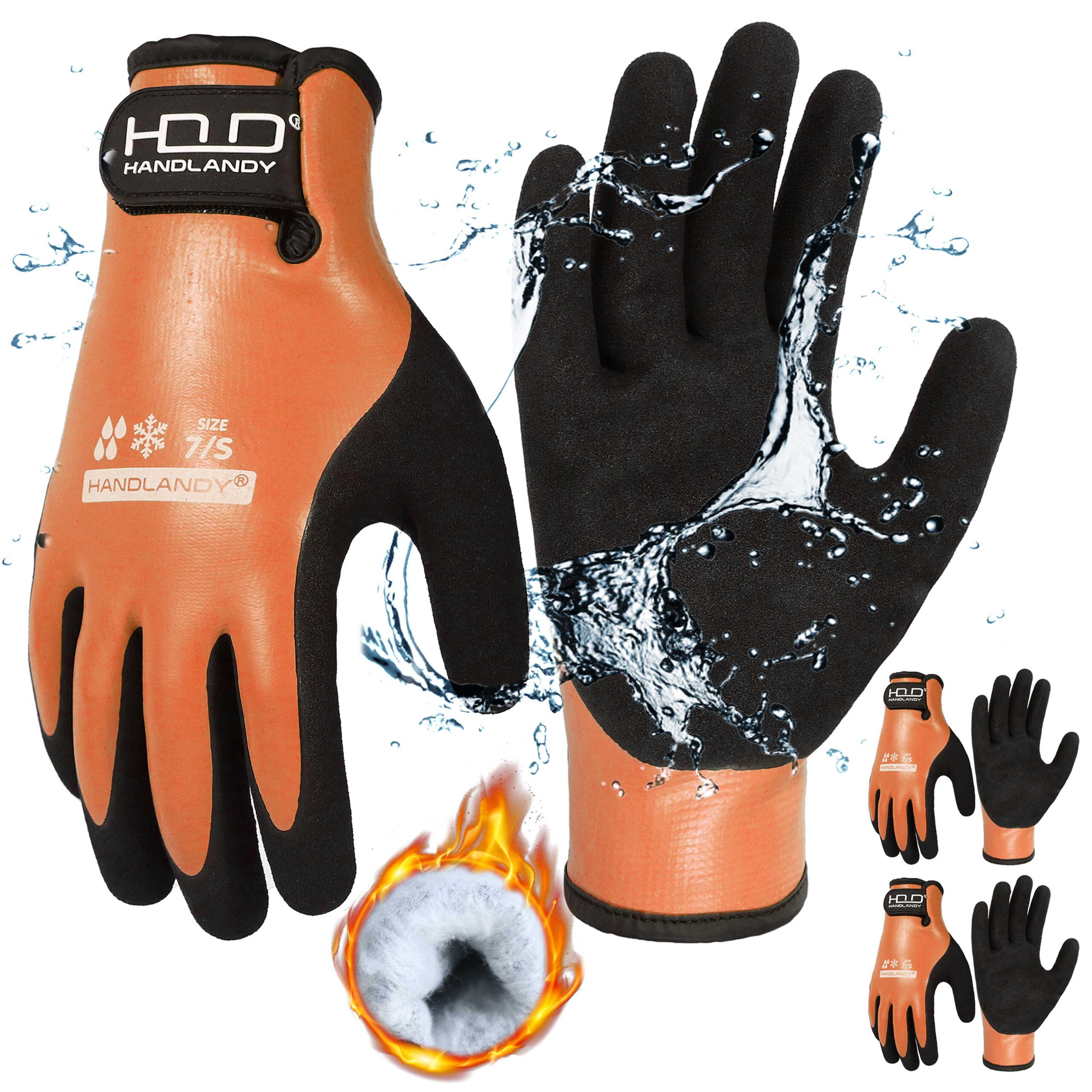Nitrile gloves are stronger, more puncture-resistant, and chemical-resistant, making them better for tougher gardening tasks. Latex gloves are softer, more flexible, and comfortable but offer less protection and can cause allergic reactions in some people.
As someone with over 20 years in glove manufacturing and sales, I’ve helped thousands of gardeners choose the right gloves. Here’s a simple guide to understand the difference clearly.
1. Material: Nitrile vs. Latex
- Nitrile Gloves:
- Made from synthetic rubber.
- Stronger and resistant to punctures.
- Good for tasks involving sharp objects, chemicals, or fertilizers.
- Latex Gloves:
- Natural rubber from rubber trees.
- Flexible, comfortable, and stretch easily.
- May trigger allergies in sensitive individuals.
2. Protection & Durability Comparison
| Feature | Nitrile Gloves | Latex Gloves |
|---|---|---|
| Puncture Resistance | ⭐⭐⭐⭐⭐ | ⭐⭐⭐ |
| Chemical Resistance | ⭐⭐⭐⭐⭐ | ⭐⭐ |
| Durability | ⭐⭐⭐⭐⭐ | ⭐⭐⭐⭐ |
| Comfort and Flexibility | ⭐⭐⭐⭐ | ⭐⭐⭐⭐⭐ |
| Allergic Reactions | Rare | Possible |
- Nitrile gloves: Best for handling chemicals, fertilizers, pesticides, or sharp tools.
- Latex gloves: Suitable for gentle tasks like planting and weeding.
3. Comfort & Fit
- Nitrile gloves: Provide good comfort but can feel slightly stiffer.
- Latex gloves: Offer excellent comfort, feel soft, and mold naturally to your hands for great flexibility and sensitivity.
4. Environmental Impact
- Nitrile gloves: Synthetic, longer-lasting but less eco-friendly.
- Latex gloves: Natural, biodegradable, more eco-friendly.
4. When to Use Each Glove Type
- Choose Nitrile Gloves if:
- You handle chemicals or sharp objects frequently.
- You have a latex allergy.
- You need tougher gloves for heavy-duty gardening.
- Choose Latex Gloves if:
- Comfort and flexibility matter most.
- Your gardening tasks involve minimal sharp objects or chemicals.
- You prefer eco-friendly, biodegradable gloves.
Expert Tips (from 20+ Years of Industry Experience)
- Always test gloves for allergies, especially latex gloves, before extended use.
- Keep separate pairs for different tasks (e.g., nitrile gloves for fertilizers, latex gloves for planting) for maximum safety and comfort.
Conclusion
Choosing between nitrile and latex gardening gloves depends on your specific tasks and personal preferences. Nitrile gloves offer superior durability and protection, while latex gloves provide greater comfort and flexibility. Pick gloves that best match your gardening needs and safety requirements.
Need personalized recommendations? Comment below—I’m happy to help!








